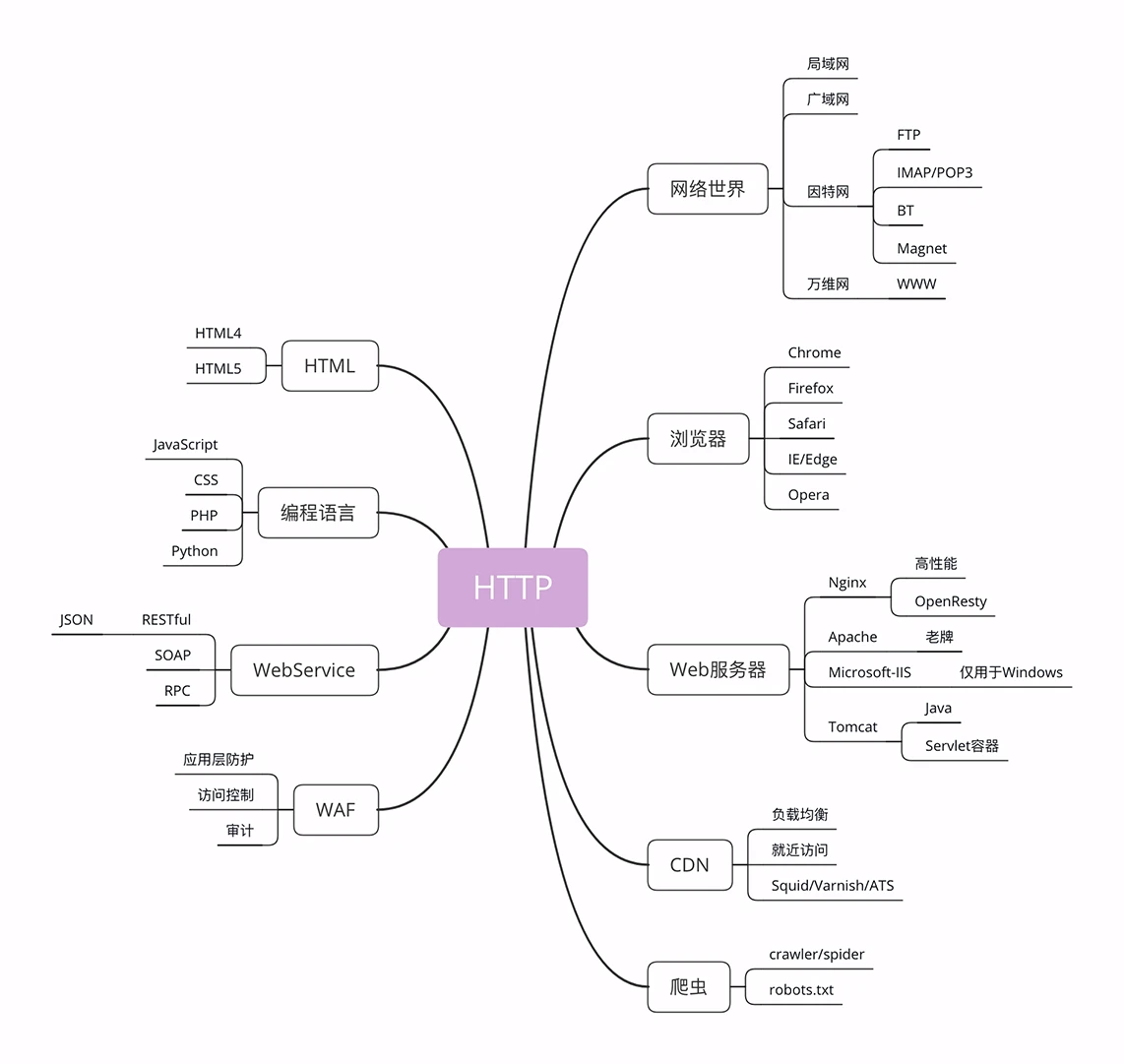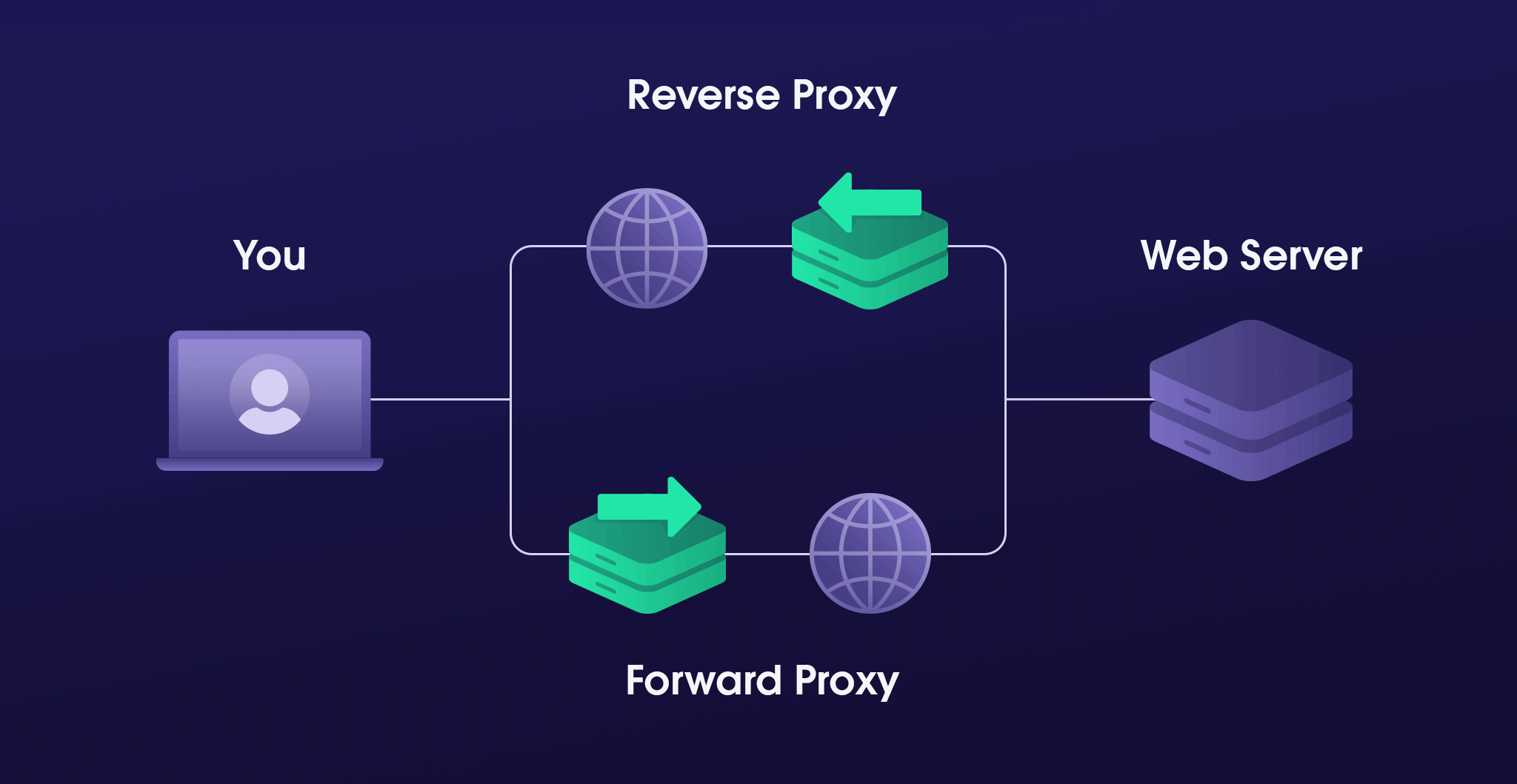Basic
Concepts

CDN (Content Delivery Network)
It applies the caching and proxy technology in the HTTP protocol.
It replaces the origin site to respond to the client's request.
WAF (Web application firewall)
HTTP

TCP/IP
TCP (Transmission Control Protocol), it makes sure the data is complete and not missing.
IP (Internet Protocol), it takes care of addressing and routing.
HTTP doesn't deal with the details, such as addressing, routing, data integrity, etc. HTTP is create on the TCP/IP.
DNS (Domain Name System)
It maps domain Name to IP address.
URI/URL
URI(Uniform Resource Identifier) is the superset of URL (Uniform Resource Locator).
URI has 3 parts: (http://nginx.org/en/download.html)
-
Protocal name:
http://,ftp://,mailto:,tel:, etc -
Host name:
nginx.org -
Path:
/en/download.html
HTTPS
It's HTTP over SSL/TLS.
SSL (Secure Socket Layer) /TLS (Transport Layer Security) is a protocal over TCP/IP. It's a secure protocol for encrypted communication.
Proxy
It's a "hub". It forwards the client's request, and also forwards the server's response.
It has several kinds.
-
Anonymous proxy
It discloses the originating IP address of the client.
-
Transparent proxy
It shows the originating IP address of the client.
-
Forward proxy
It's forwards client's request. For example, the browser is a forward proxy.
-
Reverse proxy
It forwards the server's response. It's at server-side.

CDN is a Transparent Reverse proxy.
Proxy can:
-
Load balancing
Distribute access requests to multiple machines
-
Context caching
-
Protecting
Protect proxied host
-
Data processing